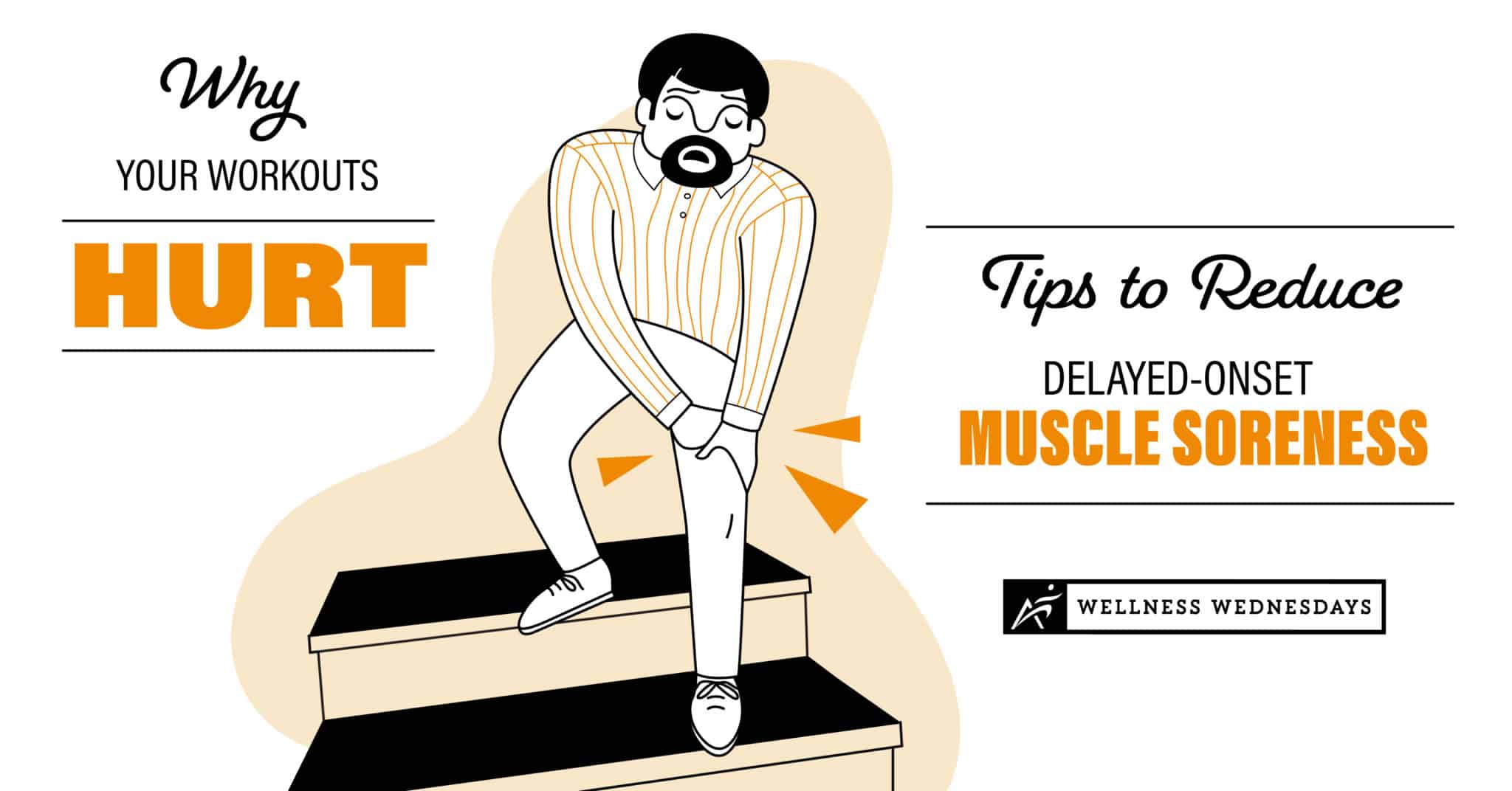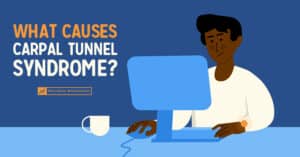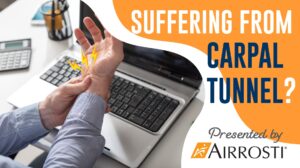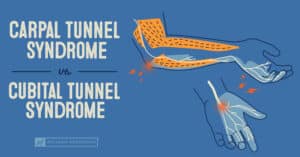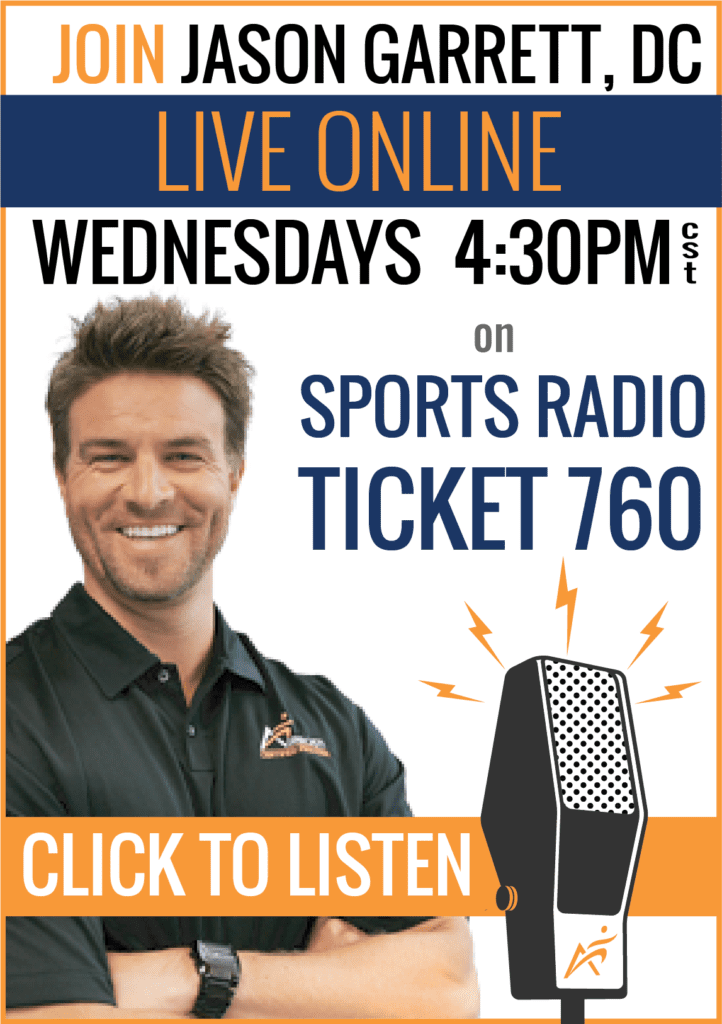“No pain, no gain” is a popular proverb in American competitions. It expresses the belief that great achievements and success can only be gained as a result of painful physical or mental suffering. This seemingly harmless quote has been the motto of many competitors for decades, but does this mentality do more harm than good in the fitness world?
Why Do I Feel Sore After Exercising?
When starting a new exercise routine, many people make the mistake of trying to do too much, too soon. Muscles that were underutilized before are now being used in new and often strenuous activities.
Exercise, specifically eccentric and isometric exercises, cause microtears to develop in your muscles as they’re activating. Delayed-Onset Muscle Soreness is an inflammatory response to these microtears that usually last up to 48 hours after activity. This condition, also known as DOMS, is a signal to your body that your muscles are taking time to recover and adapt to these new exercises.
Does Soreness Indicate A Good Workout?
When it comes to muscle-building workouts and gym routines, we often think about the phrase “no pain, no gain.” If you don’t feel like a bag of bricks the next morning, did you really exercise hard enough?
While it may help you mentally feel like you accomplished something, DOMS on its own is a poor indicator of exercise effectiveness. It’s a symptom of minor muscle damage and doesn’t paint an accurate picture of performance.
By using pain to indicate your workout’s effectiveness, you’re minimizing the role of other bodily functions in maintaining physical fitness. You’re also opening yourself up to injury. Overtraining and ignoring the need to rest often leads to overuse injuries, ultimately reducing strength and range of motion.
To ensure you’re getting in a good workout, look to other factors like heart rate, perspiration, sleep patterns, and hunger. You can also keep track of your performance with a workout journal. Record how many reps or sets you complete each time you go to the gym and compare your performance over time.
Coping With Post-Workout Soreness/DOMS
Experiencing DOMS is your body’s way of telling you that it needs a rest. If you’re feeling a little sore after an intense workout, try a few of the tips below to reduce the effects of DOMS and recover faster.
One of the easiest ways to prevent post-workout soreness happens outside the gym – set yourself up for success by getting adequate sleep and nutrition. A well-fed and well-rested body can help you achieve peak performance at the gym while also ensuring you’re more prepared for those post-workout aches and pains when they appear.
It’s also important to do a proper warm-up before every workout. A good warm-up routine with some dynamic stretches will loosen up your muscles so they are ready to work. Limbering up can also help prevent workout-related injuries like sprains and strains by preparing your body for exercise
A post-workout recovery routine is essential to reducing DOMS while preparing your body for the next gym session. Use recovery tools like foam rollers and lacrosse balls to roll out any tense or tight muscles after your workout. Rolling out these muscles can help reduce tension, improve flexibility, and increase blood flow to those muscles to minimize soreness.
Keep Your Workouts Pain Free
If you’re noticing severe pain after or during your workouts, you may have pushed yourself too hard and injured yourself. Overuse injuries like sprains and strains are very common, but once they put you out of commission it can be very difficult to get back on track.
At Airrosti, our providers work to pinpoint the underlying cause of your pain. We aim to treat pain directly at the source, without medications, needles, or invasive procedures. We also take time to educate our patients on their injury while giving them the tools and resources they need to recover faster and prevent future injury.
If pain has been keeping you from completing your best workout, schedule an appointment with Airrosti today to find a provider near you. We offer both in-office and telehealth appointments to best suit your needs.
Read our Medical Disclaimer here.


